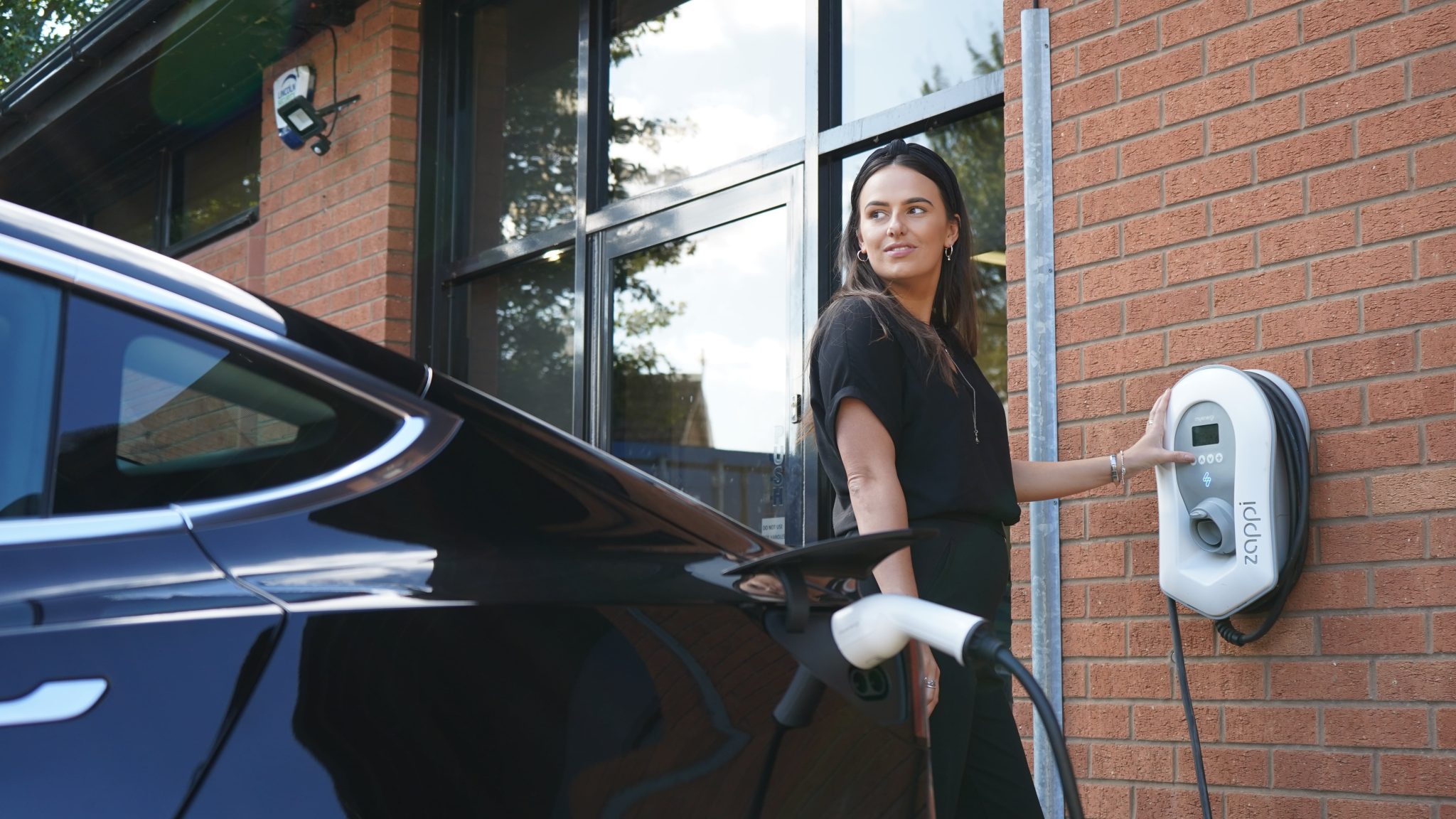Heating, Home Improvements, Lighting, Smart Home
A guide to smart tariffs – possible savings on gas and electricity
Why pay a flat rate for electricity? If you can shift the times you use power, a smart tariff could save money and lower your emissions
Most British households buy electricity at the same rate, regardless of what time of day they use it. But that’s not how the energy market works. Each day, wholesale electricity prices rise and fall according to supply and demand. In the evening, they’re high, but at other times, they can be much cheaper – and when demand is low and supply is especially high, they can even go below zero.
That’s no use if you’re on a fixed-price electricity tariff, but energy suppliers are increasingly offering smart tariffs with lower off-peak prices. These make a lot of sense for households that can shift their electricity use to a different time of day – for example by charging an electric car overnight. And those who can be really flexible may even benefit from new time-of-use tariffs, which flex along with the wholesale prices that underpin the market.
Smart tariffs aren’t just about saving money. Electricity is only cheap when it’s abundant, which is usually due to strong winds. That’s also the time when power is at its greenest, so shifting your consumption can lower your carbon emissions.
So what do you need to get on a smart tariff, how do you make the most of it, and how do you make it play nicely with the appliances and other technology in a home?
What are smart tariffs?
Smart tariffs are simply a way of buying electricity at a variable rate, depending on the time of day you use it. Broadly speaking, smart tariffs can be split into two groups: those with fixed peak and off-peak periods like Economy 7, and ‘time-of-use’ (ToU) tariffs where the price of electricity might vary throughout the day, and from day to day.
You’ll need either a smart electricity meter or an existing dual-rate meter to get onto Economy 7. For any other smart tariff, you’ll need a smart meter, which may need to be the newer SMETS2 class – or a SMETS1 meter that’s been upgraded to be compatible. Generally speaking, SMETS1 meters have a keypad on them, whereas SMETS2 meters have buttons labelled A and B. If you’re not sure which your meter is, your power company should be able to tell you, or you could learn more in our should you get a smart meter guide.
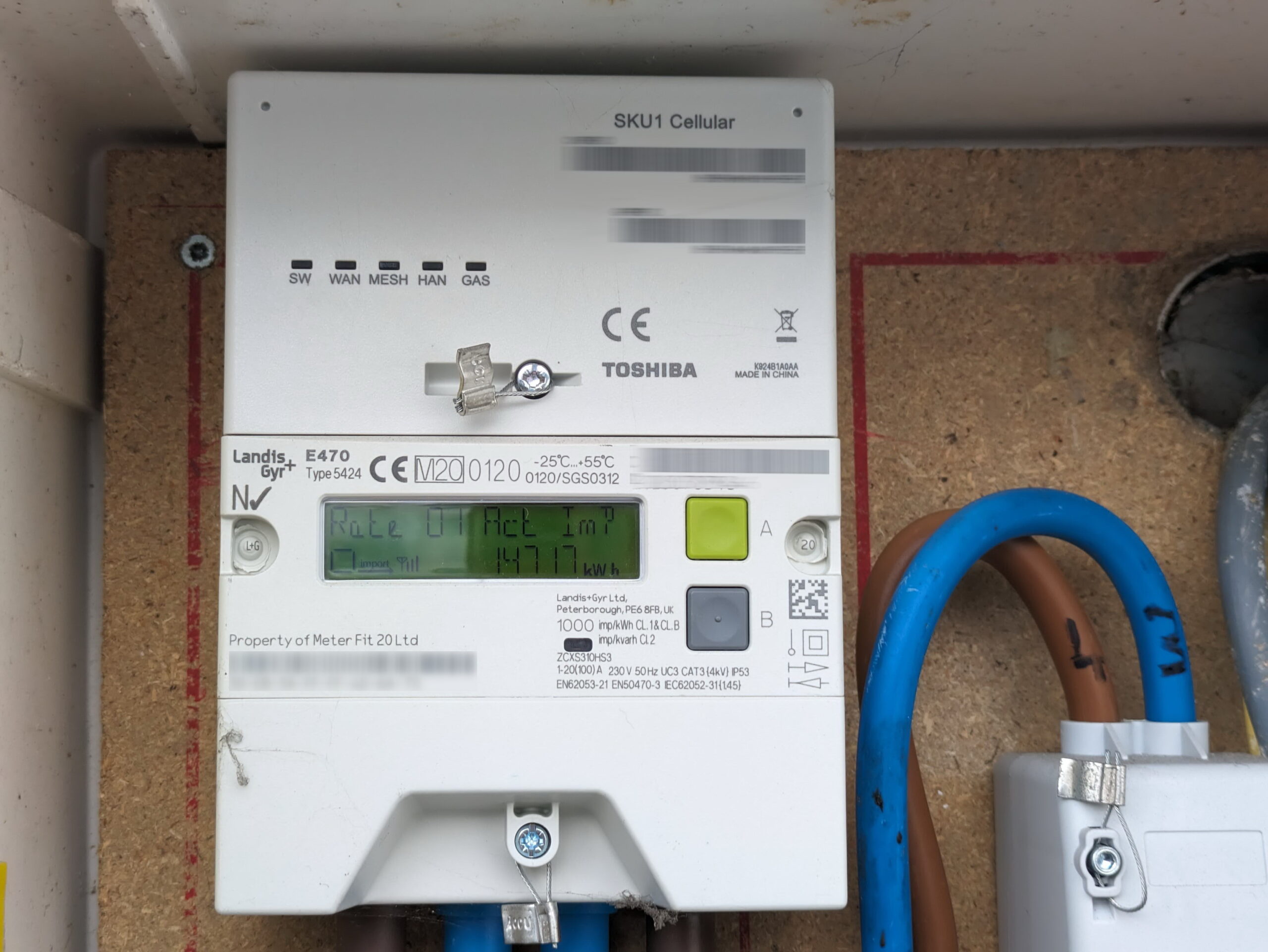
Standard electricity meters don’t work with smart tariffs as they only record how much electricity you’ve used – your electricity supplier also needs to know when you used it. Smart meters measure your electricity consumption in half-hourly periods and, unless you’ve opted out of it, make this information available to your supplier. It’s not compulsory to install a smart meter in either a new build or renovation, but if you want a smart tariff, you’ll need to ask your electricity supplier to fit one.
If you’ve got solar panels, or another source of microgeneration, you might also qualify for a smart export tariff. These let you sell surplus electricity into the grid at a variable rate. They typically don’t pay as well as historical feed-in tariffs, so it’s probably not worth switching an existing installation, however they may be worthwhile if you have a lot of battery storage, and are happy to export during the evening peak.
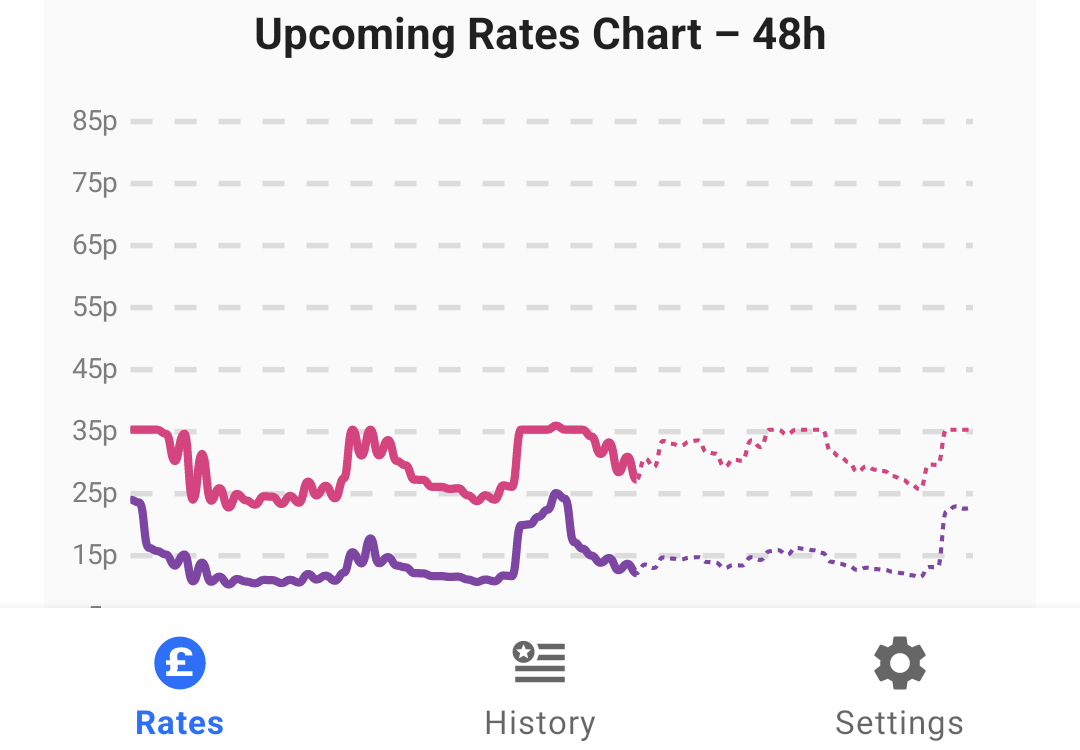
What different types of smart tariff are there?
Economy 7 was first introduced in 1978, and still offers a straightforward way to get cheap off-peak power. While its users typically pay a slightly higher daytime rate than customers on a fixed tariff, they get seven hours of discounted electricity overnight. That makes it a good choice for people who can run energy-intensive appliances during discounted hours, and minimise their use during the day.
With the growth in electric cars, more energy suppliers have started offering EV-focused tariffs, which sometimes offer very cheap rates for four, six or eight hours every night. Again, these may charge a higher rate during the day than a standard fixed tariff, so they’re best suited to those who have an EV or some other energy-hungry device to help them make the most of the discounted hours.
Fixed-period tariffs can be great, but with a smart meter you may be able to benefit from more innovative products. Time-of-use tariffs such as Octopus Energy’s Agile Octopus offer variable rates that change half-hourly based on that day’s wholesale electricity prices. While these are often more expensive than a standard tariff during the evening peak (roughly 4-7pm), they can be significantly cheaper at other times.
That’s particularly the case during windy weather, where supply can occasionally outstrip demand. Sometimes this results in cheap or free electricity, or even in users being paid to take electricity from the grid. That’s ideal for properties with EVs, storage batteries or anything else that demands a lot of power.
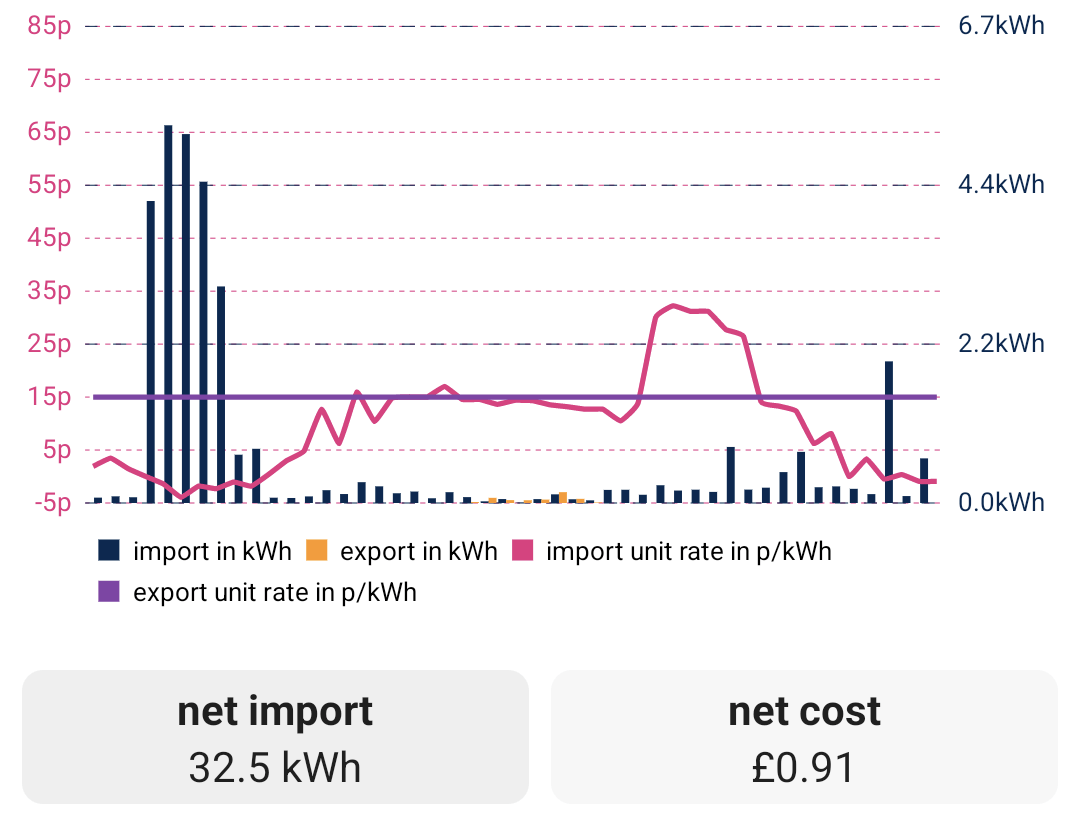
The flip side is that periods of cold, still, cloudy weather can pump up the price of a ToU tariff, especially during the evening peak. For this reason, products like Agile Octopus are best suited to homes that can be very flexible with energy use, targeting the cheapest slots for daily routines like heating, and sometimes holding off on less urgent jobs like charging the car until cheaper electricity becomes available – which might not be for several days.
Finally, some suppliers offer intelligent, discounted EV charging. Products such as OVO Energy’s Charge Anytime add-on require both a smart meter and a compatible EV or charger. You use OVO’s app to say when you want your car to be ready, and it works out when to charge it using the greenest electricity. This allows OVO to offer a discounted price, but only for the electricity used to charge your car, and only if you don’t need your car immediately.
Intelligent Octopus Go works similarly, but adds a fixed, six-hour period of discounted energy every night. Unlike Charge Anytime, you can also use this to save money running other appliances in your household.
How do I get the most from a smart tariff?
You’re most likely to make savings from a smart tariff if your household uses a lot of electricity, and you can be flexible about when it does so. That means programming dishwashers, washing machines and other appliances to run during cheap hours. Many modern devices let you set a delayed start or finish time. Where possible you should make sure the appliance’s whole cycle fits into your discounted hours.
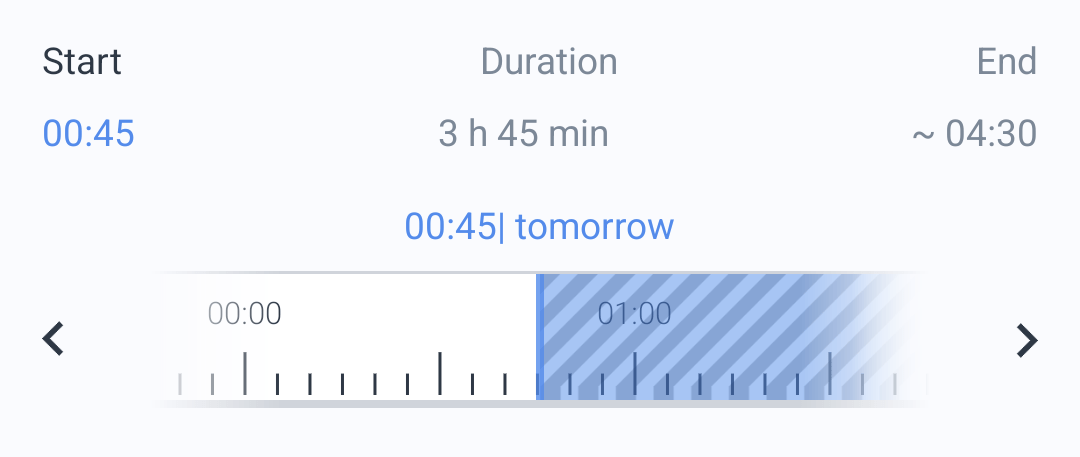
Given that some EVs store more than 100 kilowatt hours (kWh) of electricity – 50-100 times more than a single wash load – it’s vitally important to schedule them to charge when electricity is cheap. The same is true if you have battery storage, or storage heaters. That said, it may not be worth running other types of electric heating overnight as, unless you have excellent insulation, the heat may have dissipated by the following morning.
A water tank is likely to hold its heat, though, so it makes sense to run an immersion heater when the cost of electricity falls below what you’d otherwise pay to heat with gas or oil (7-9p per kWh at the time of writing). In most cases this will lower your carbon emissions, too, especially if your smart tariff is fully renewable.
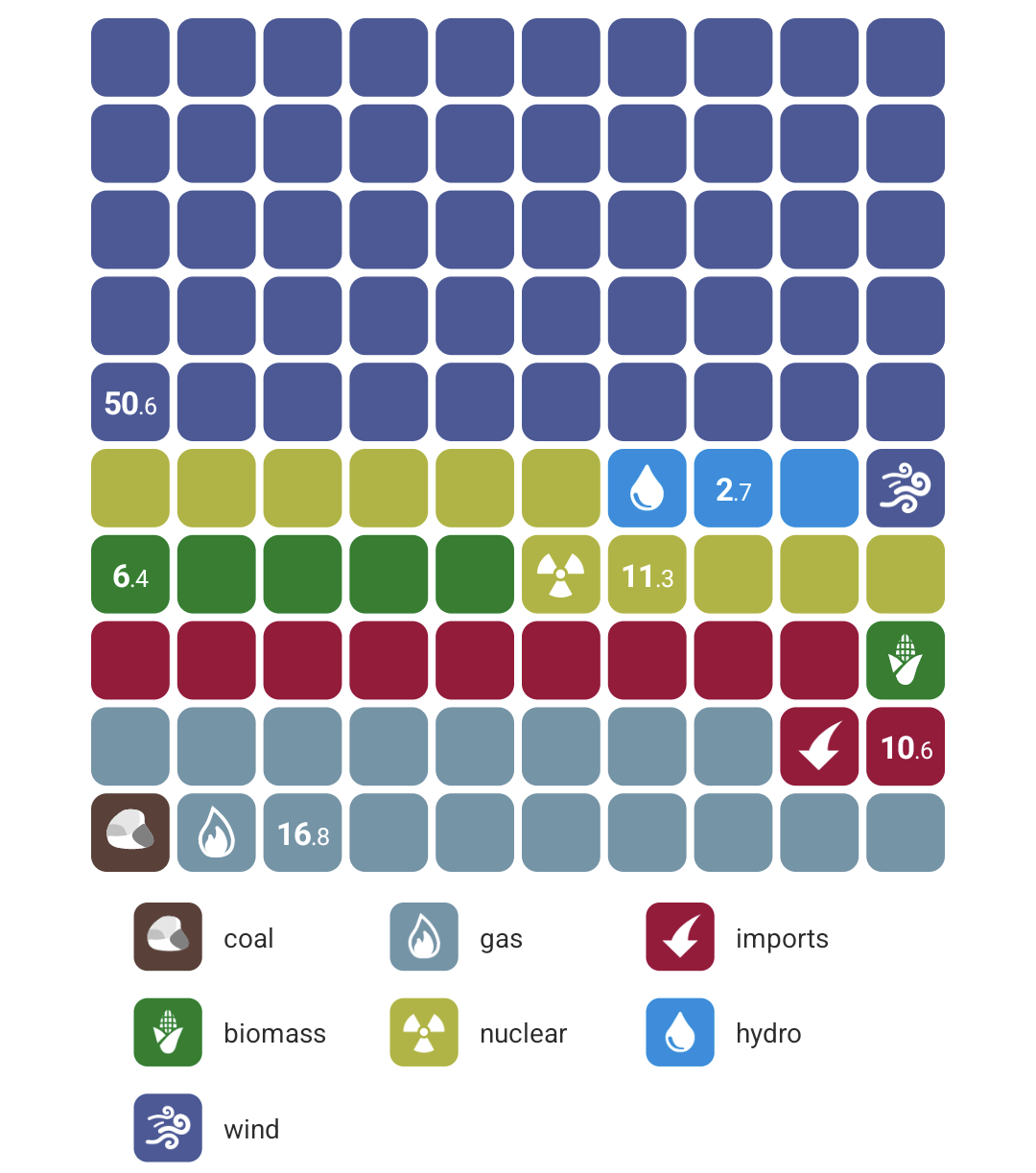
The calculations for all of the above might be quite different if you also have a source of electricity generation, though. The most climate-friendly option is always to use your own solar, wind or water power in preference to grid energy. But from a financial perspective, it makes sense to use electricity from the grid whenever the price you pay for it falls below the price for which you can sell any spare electricity you generate.
As an example, say your EV tariff charges you only 7.5p per kWh for a six-hour period overnight, while you can export excess power during the day for 15p per kWh. Charging for six off-peak hours on a home charger would cost about £3.33, while exporting the spare solar energy you might otherwise have used would earn you £6.66. By charging overnight then selling your solar energy, you’d be about £3.33 better off than if you’d just used solar power to charge.
How do I make smart tariffs simpler?
Dual-rate tariffs offer predictable rates and are pretty simple to use, but ToU tariffs are much less predictable, and it can become complex to get the most from them. Some smart devices help simplify things by being tariff-aware – you can tell them a price below which you want them to use energy, and they’ll do the rest for you.
As an example, you can do this with MyEnergi’s Zappi car charger and Eddi solar charge diverter. Set up maximum prices for each and, if you’re on a supported smart tariff like Octopus Agile, they’ll automatically charge your car and heat your water when the tariff drops below your threshold prices.
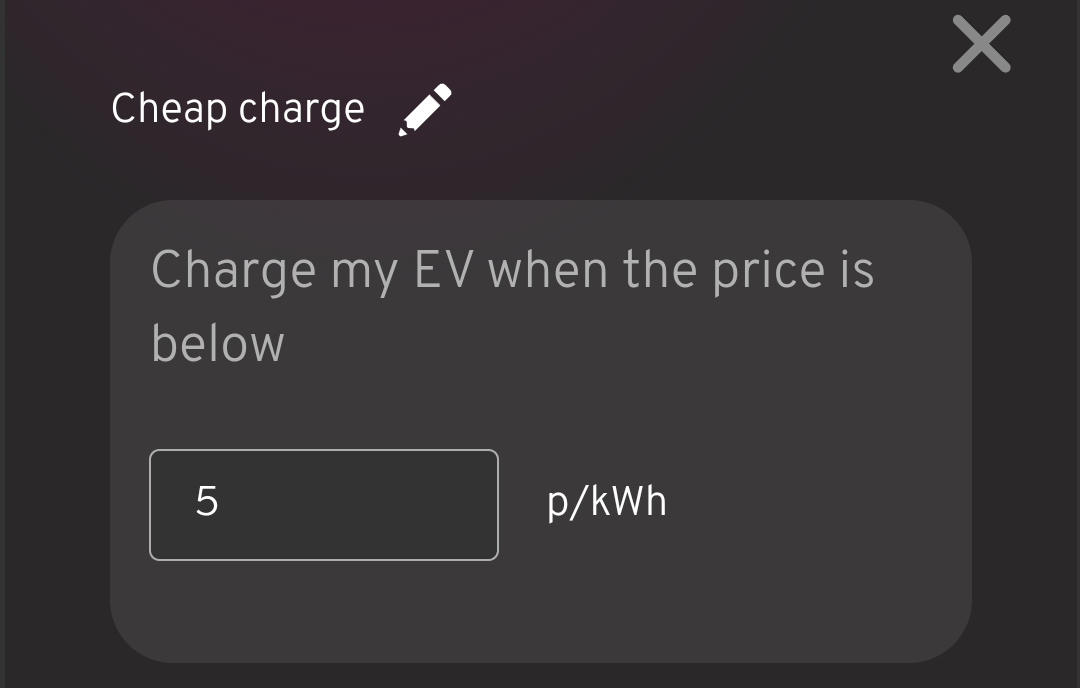
If you’re an enthusiast, you may also be able to create your own automations to automatically run devices when prices are low. For example, the automation service IFTTT.com lets you use low Octopus Agile prices to trigger actions in supported devices. These include various smart home, smart device and home automation services, so you could for example trigger your smart dishwasher to run during the cheapest three-hour window each night.
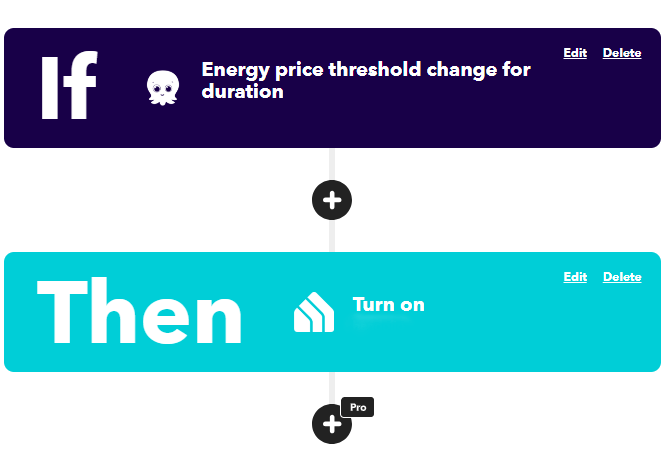
If this all sounds like too much, however, it’s worth knowing that ToU tariffs generally follow the same pattern everyday. The highest prices come during an evening peak that lasts from around 4-7pm, while the cheapest power usually comes overnight and at the weekends. If you schedule appliances to run nightly and, where possible, overnight at the weekend, you’ll generally be using power during cheaper slots.

